Philiosophy:
Every child in my classroom has their own, unique spelling list that is exactly on their "ready to learn" level. I give them only 10 words each week, since I know that the words are all in their ZPD (zone of proximal development-not too hard, not too easy-Vygotsky). Since every word on their list will be a word they don't already know how to spell, 10 words is plenty. If more than that are given, the child will not be able to truly "own" the words and know them well enough to spell them correctly every time they use them. I know that the words that I am giving the child are in their ZPD because they are trying to use the words in their writing, but are not spelling them correctly every time. If the child is misspelling too many words in their writing to only pick 10, I limit my picks to high frequency words and words that should be mastered by this grade level. If the child is spelling everything right in their writing, I challenge them to start using more difficult words and I give them content words, words from our reading, or let them choose words that they would like to learn how to spell.
New Words:
Each child is assigned a "Spelling Day" M-F. I end up having about 4-5 Spellers each day. So, if a child's spelling day is Monday, they will take their test on Monday and receive their new words on Monday as well.
I give each child their words by calling them to my table one at a time and first we review their test of the previous week's words. Any words that they miss, stay on their list until they "own" that word and spell it right consistently. Then we look through the child's reading response notebook and draft book for misspelled words. I highlight the word and write it once (correctly) in their spelling spiral for them. I invite them to notice how the word is written differently in the spiral (correct) than in their draft book or RR notebook. We talk a little about the spelling rule or how the word should be spelled. Then student draws a line through the misspelled word and writes it correctly above the word. Then they write it again in their spelling spiral in a second column, next the one I wrote. When we are finished with the list, they cut the two lists in their spiral apart and take one home to study and leave the other in their spiral to have at school.
Tests:
On the child's spelling day, they get together with their spelling partner (who is also a speller for that day) and give each other their tests by switching spirals and calling words out to each other. If the student doesn't know what the word is, they may come to me and I can tell them so they can say the correct word for their partner. Usually this isn't a problem though because the students know their words well after practicing them all week, so if the partner says it incorrectly, they can usually deduce what the word really is. Then they put their tests on my table and go back to their work while they wait for me to call them over for new words.
Practice:
Each week students complete a spelling bingo by choosing 4 options in a row for practicing their words. The bingo has lots of options for practicing like rainbow words, pyramid style, telephone, spelling city, puzzlemaker, sign language, acrostics, cursive, etc, etc. See the spelling bingo I use here.
Check out some other really great spelling ideas at the Super Spelling Ideas Linky Party! I found lots of new ideas to use on my Spelling Bingo!
Tuesday, August 9, 2011
Individualized Spelling
Subscribe to:
Post Comments (Atom)






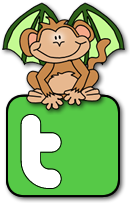
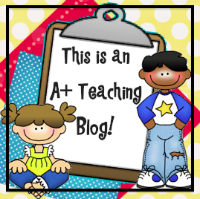


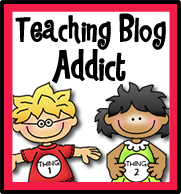

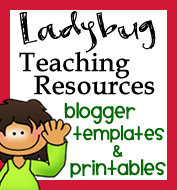
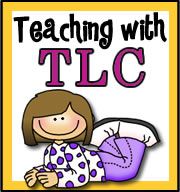
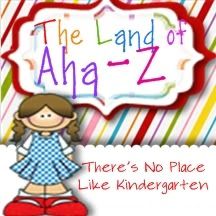
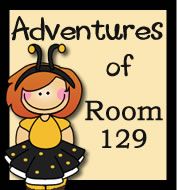

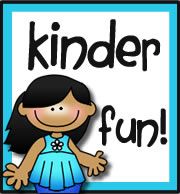

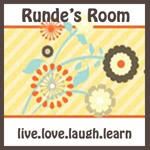


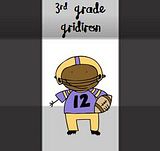




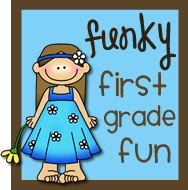





1 comments:
I just student-taught last semester, and my cooperating teacher used individual spelling lists. They were so much more effective, so I'm sold. I hope I can try them out again in my own class eventually. :) Thanks for sharing!
Darlena
http://enoughofthecattalk.com
Post a Comment